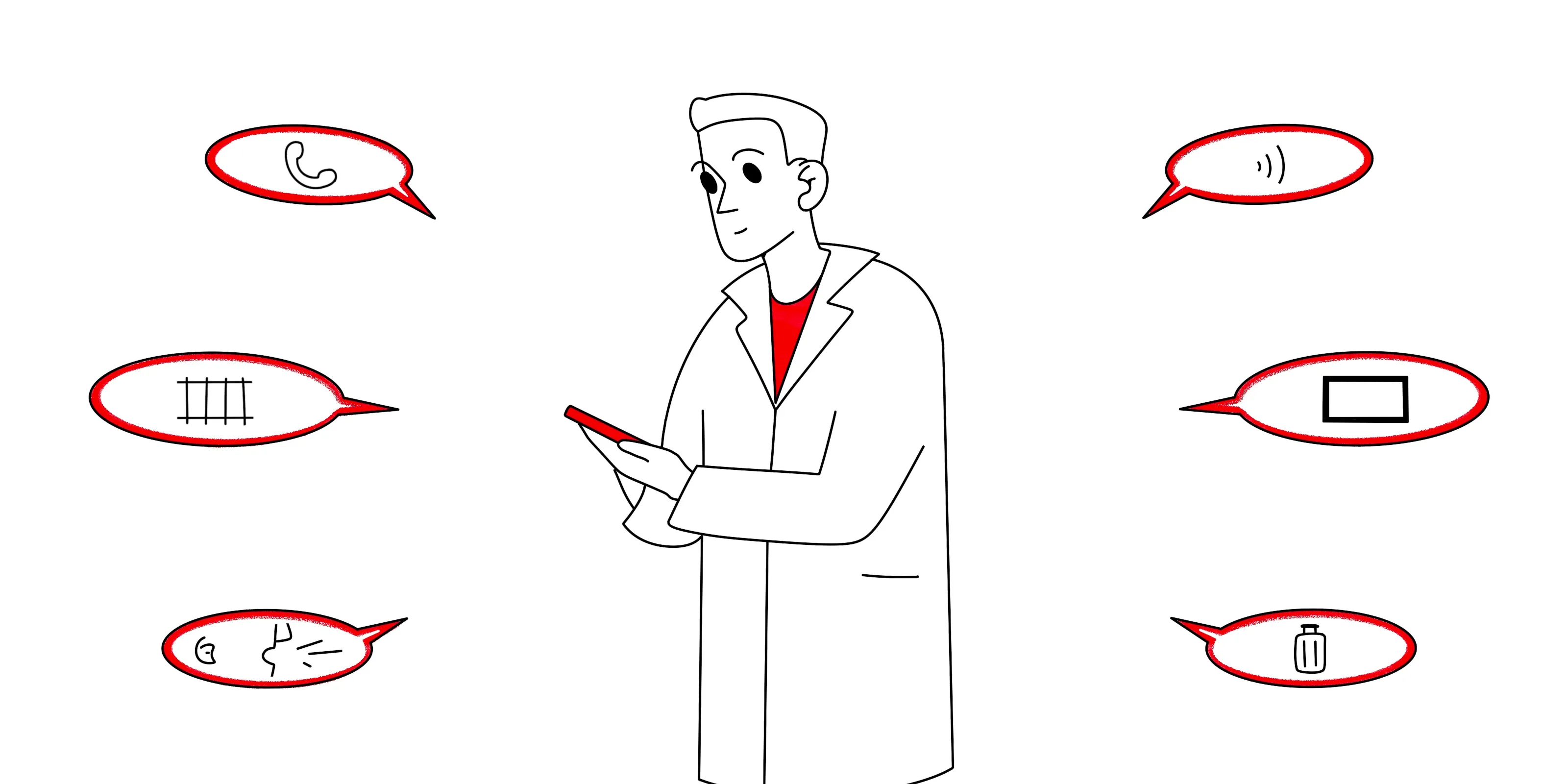Mixed methods

Mixed methods offer the opportunity to combine different tools and obtain the most informative data. Quantitative and qualitative. Representativeness and depth. Speed and reliability.
Combinations
Combinations of mixed methods are not limited to the list below. But here are a few typical mixes.
CATI + CAWI
This is a combination of two powerful quantitative methods: CATI (telephone survey) and CAWI (online survey viaself-completion of a questionnaire).
The operator will call the respondent and ask them to complete the online survey themselves via a personalized link at a convenient time.
A combination of a human-centered approach and digital convenience: you will have a representative sample, the highest reach of respondents, and the most honest answers.
Quantitative + qualitative stage
This is an effective option when you need to explore the opinions of respondents from different angles.
First, a quantitative stage is conducted — for example, CATI, CAWI, or CAPI. You will know the main trends and representative statistics. But what if you need to understand the respondents more deeply?
Then the qualitative stage is carried out – in-depth interviews or focus group discussions. This way, you will learn the human stories behind the numbers.
Qualitative + quantitative stage
This is a good option when you need to conduct a quantitative survey, but the topic has not been thoroughly researched yet.
First, qualitative research is conducted: in-depth interviews and/or focus group discussions. This allows you to find out what opinions, views, reasons, emotions, barriers, and motivators exist among respondents.
Based on the results of the qualitative stage, hypotheses are formed and a quantitative questionnaire is compiled.
Quantitative research is conducted: CATI, CAWI, or CAPI. Hypotheses are tested and real large-scale trends are identified. The answers of 1,000 respondents are more indicative than those of 10 or 100 respondents.
Recruiting from the quantitative to the qualitative stage
Let's imagine that a quantitative stage of research was conducted before in-depth interviews or focus group discussions. Then, respondents for the qualitative stage can be recruited from among the respondents of the quantitative stage.
Data security and protection
Rating Group complies with all national laws and regulations regarding confidentiality and GDPR. All data collection, storage, and processing activities will be carried out in strict accordance with GDPR regulations. The company's activities fully comply with all industry standards set by CASRO and the ICC/ESOMAR Code.
Strict security measures are in place to protect all information for key informants and survey participants, as well as to prevent unauthorized access to personal data. No personal data (names, telephone numbers, or other contact details or addresses) is collected unless it is necessary for conducting interviews, and no personal data is linked to the data collected and analyzed during the research. Any processing of personal data will be carried out in accordance with the provisions of the GDPR.
Research ethics
All Rating Group research is conducted inaccordance with the Ethical Code of the Sociological Association of Ukraine and the company's internal policies:
Each employee of the company undergoes systematic training on ethical and other aspects of data collection, management, and protection (including data use and storage) during employment and during professional development.
Contact form
Have questions?
Please, fill in the form below and we will reach out to you soon
